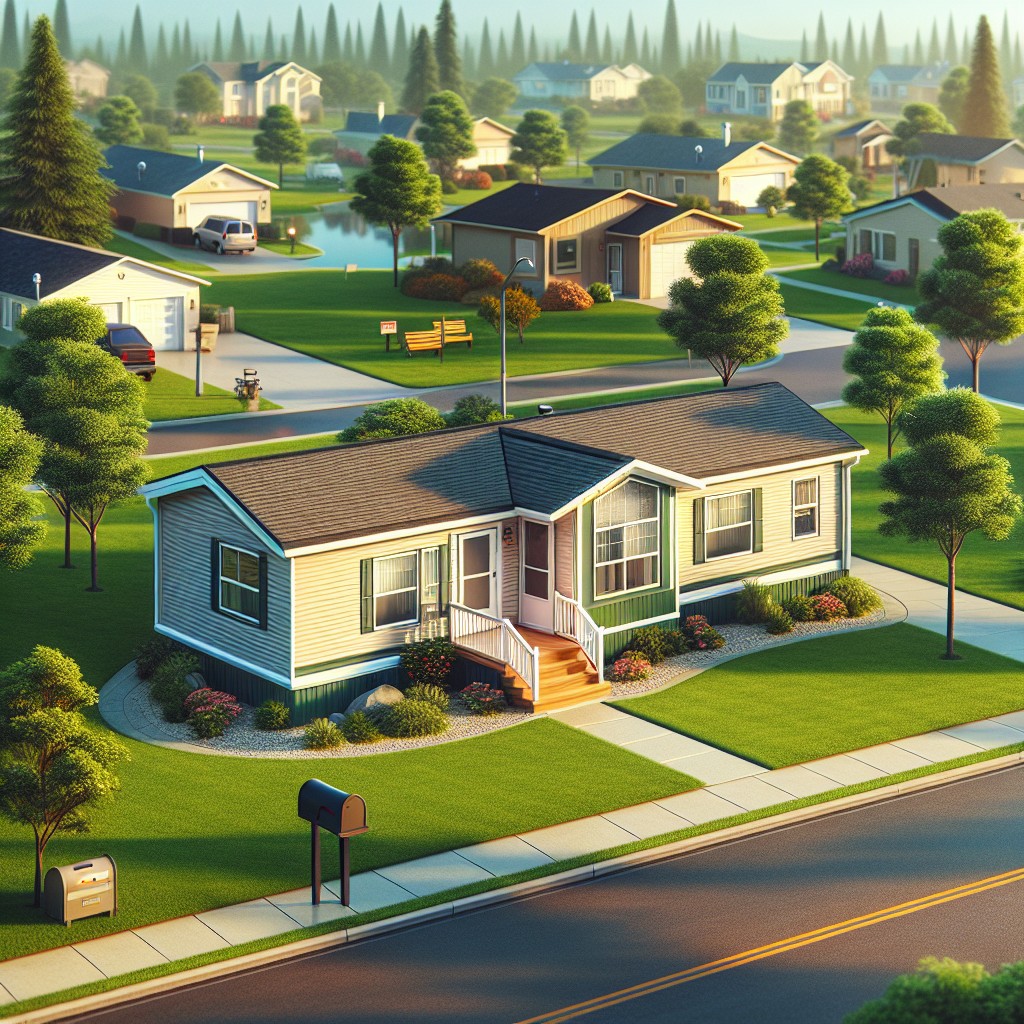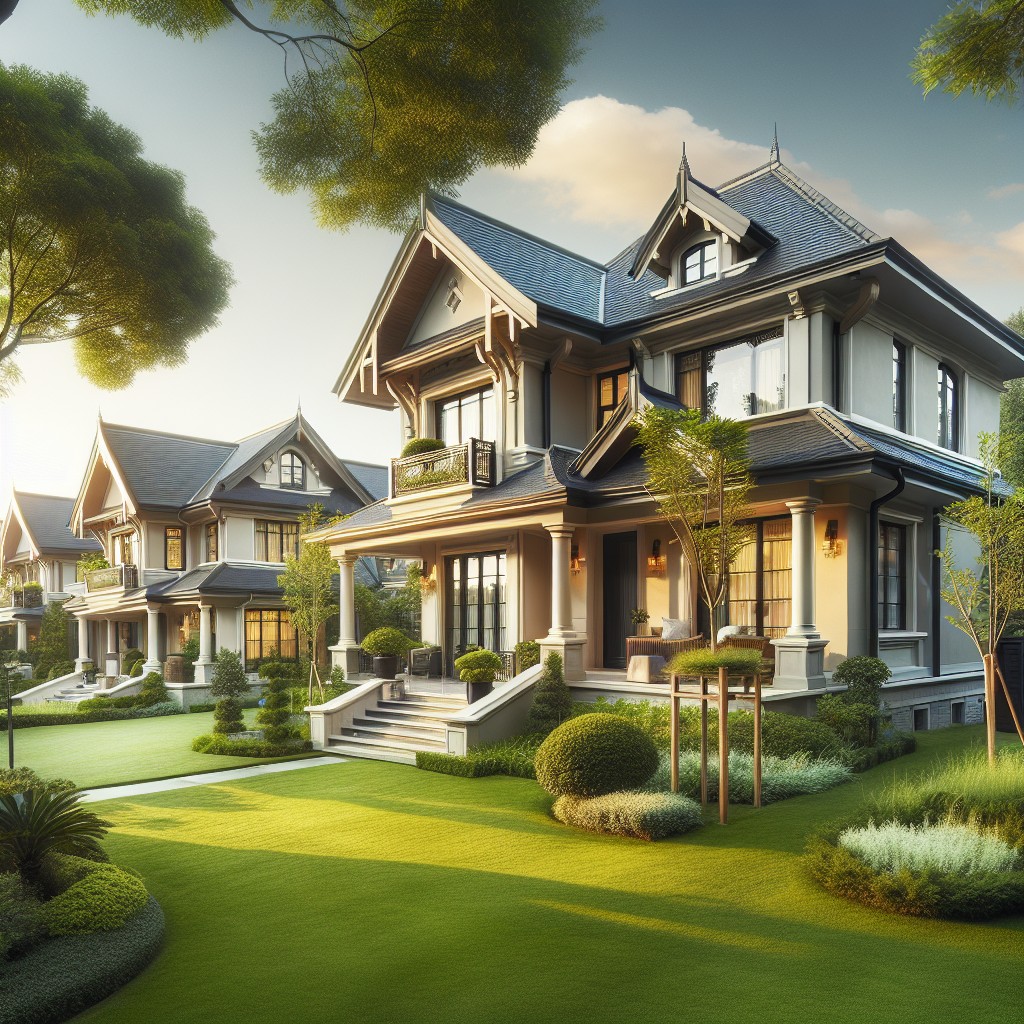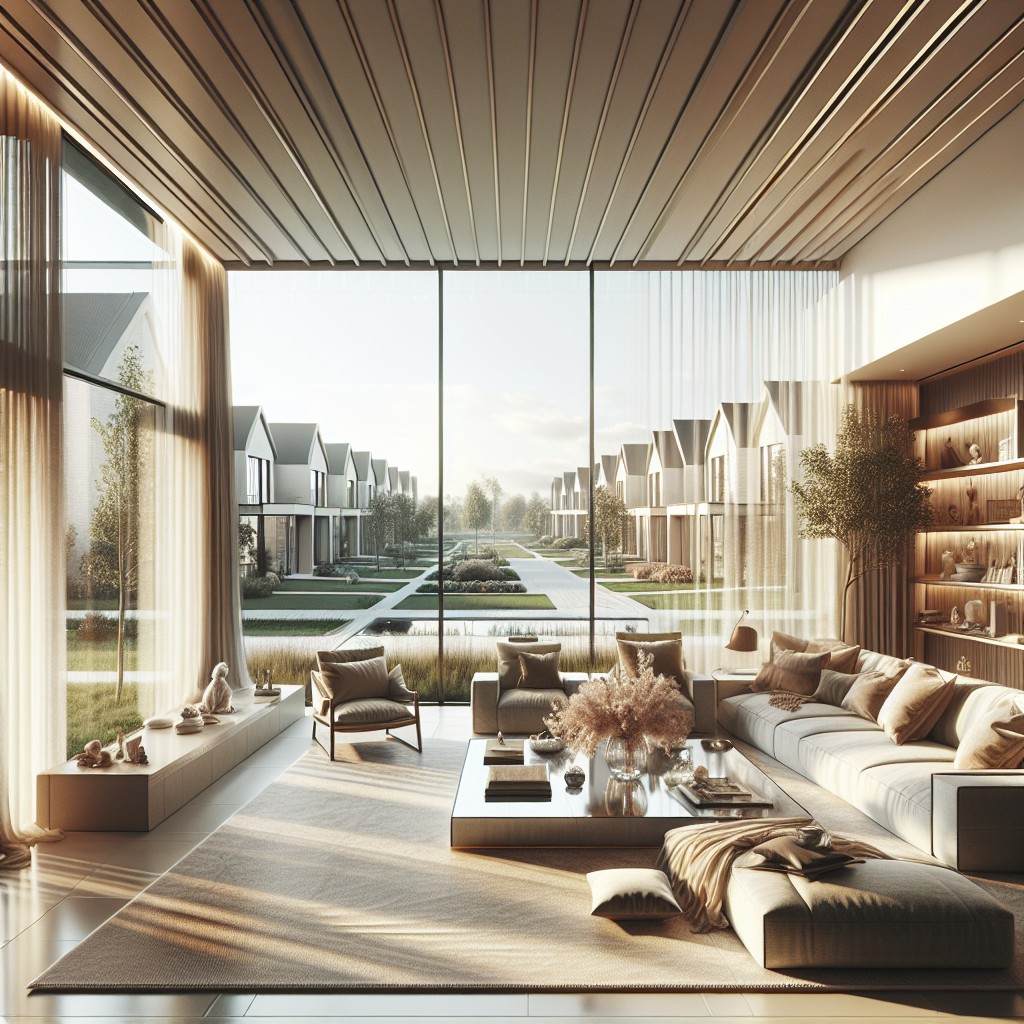Last updated on
Choose double wide homes because they provide an eco-friendly living option with more space, and this article will guide you through an in-depth comparison to make an informed decision.
Key takeaways:
- Double wide homes offer spacious living at an affordable price
- They can be customized to fit various lifestyles and needs
- Energy-efficient models are available, reducing utility costs and promoting sustainability
- Double wides can be financed through traditional mortgage lenders or specialized programs
- They are built in a controlled factory setting, resulting in quicker construction times and less waste
Definition of Double Wide Mobile Homes

Double wide homes, a type of manufactured housing, offer spacious living at an affordable price. As implied by the name, these structures consist of two sections that are joined together on-site to create a single living space.
Typically, these units span from 20 to 36 feet in width and can extend up to 90 feet in length, providing an area comparable to conventional homes. The assembly process unfolds in a controlled environment, ensuring high standards of build quality and material efficiency.
Upon completion, the double wide is transported to its permanent location, where it is anchored to a strong foundation, aligning with federal and local building codes. As a result, residents enjoy a blend of durability, comfort, and style wrapped in a modern housing solution.
Advantages of Double Wide Homes
Double wides offer spacious living at a fraction of the cost of traditional homes, providing ample room for families, hobbies, and entertaining.
Their factory-built nature allows for quality control and adherence to strict building codes, often resulting in a highly durable and safe structure.
The speed of construction is a significant benefit, with many double wides ready for occupancy far sooner than their site-built counterparts.
Energy-efficient models are available, potentially reducing utility costs and promoting a green lifestyle.
Additionally, the flexibility in location means homeowners can choose to situate their double wide in a variety of settings, from rural landscapes to designated parks.
With the potential for customization, residents can tailor interiors to their exact tastes and needs, making their house truly feel like a home.
Customization and Size Options for Double Wide Homes
Personalization is a significant benefit when selecting a double wide home. You can choose from various floor plans typically ranging from 1,000 to over 2,500 square feet. This flexibility means anything from a cozy two-bedroom layout to a spacious four-bedroom residence with additional living areas is available.
These homes offer an array of options to fit various lifestyles, with choices including open-concept living areas, dedicated office spaces, large master suites, and even integrated outdoor living spaces on some models. Interior finishes are equally variable, with choices in flooring, cabinetry, and countertops that allow homeowners to tailor the look and feel of their space to their preferences.
Energy efficiency can also be customized with insulation upgrades, double-paned windows, and energy-efficient appliances, contributing to long-term savings and comfort.
Accessibility options such as wider doorways, walk-in showers, and single-floor living cater to those with mobility concerns, ensuring the home is not only comfortable but functional for all members of the household.
Cost of Double Wide Mobile Homes
The price of a double wide home can vary significantly based on factors like location, manufacturer, size, and customization options. Generally, you can expect base model double wides to start around $40,000, with more luxurious, top-of-the-line models reaching upwards of $100,000 or more. It’s important to consider that this cost typically excludes the land purchase, foundation, utility connections, and any additional features like decking or landscaping.
- Materials and Quality: Higher-quality materials will drive up the cost. Energy-efficient windows and upgraded insulation are cost-effective in the long run but add to the upfront price.
- Delivery and Installation: These are often not included in the sticker price, so check with your retailer to understand the full scope of costs.
- Additional Expenses: Permits, site preparation, and hook-up to utilities are necessary expenses that can affect your budget.
Keep in mind that the overall cost of a double wide can be less per square foot compared to traditional site-built homes, making them a financially attractive option for many homebuyers.
Financing Options for Double Wide Homes
Navigating the financing landscape for double-wide homes is straightforward once you’re armed with the right information. Traditional mortgage lenders often provide loans for these structures, similar to those for site-built houses, so long as the double wide is affixed to a permanent foundation and classified as real property.
FHA loans are another popular option; they offer lower down payments and are more forgiving of lower credit scores. VA loans can be a boon for veterans and service members, often requiring no down payment. For those looking for affordability, a chattel mortgage might be the route to take, though interest rates tend to be higher, as it treats the home as personal property rather than real estate.
Manufacturers and dealers sometimes extend their own financing programs, but it’s crucial to compare these with traditional financing options to ensure competitive terms. Moreover, some states provide specific loan programs for manufactured housing, which can offer favorable conditions for eligible residents. Always consult with a financial advisor and shop around for the best rates and terms that suit your financial picture.
The Manufacturing Process of Double Wide Homes
Manufactured in controlled factory environments, these homes are built in two or more sections. They undergo stringent quality controls and adhere to HUD Code standards, which regulate durability, energy efficiency, and design.
Each half is constructed on a steel frame and outfitted with plumbing, electrical wiring, and interior finishes before being transported to the site. At the destination, the sections are joined on a permanent foundation, with the final touches including sealing the seams and completing the exterior siding and roof.
This process allows for a quicker build time and often results in lower construction waste compared to traditional on-site builds. Additionally, the indoor manufacturing environment reduces potential weather-related damages or delays.
Legal and Zoning Considerations
Before placing a double wide home on your property, ensure you adhere to local zoning laws and building codes, which vary widely. These regulations can influence the location, size, and utility hookups of your home. Checking with your local planning and zoning office is essential to obtain the necessary permits and avoid costly mistakes.
Additionally, consider whether the land is zoned for manufactured housing, as some areas have restrictions. Homeowners’ association rules, if applicable, may also impose design and placement standards. Hiring a local real estate attorney or a consultant who specializes in mobile home installations can provide guidance through this process, ensuring that your home meets all legal requirements and is duly registered.
Resale Value of Double Wide Homes
Understanding the resale value of a double wide home is crucial for those considering a purchase or preparing to sell. Broadly, factors influencing resale value include the home’s condition, age, location, and the current market for manufactured homes.
Condition Matters: A well-maintained double wide is more likely to retain its value. Keeping appliances updated, attending to repairs, and investing in cosmetic improvements can pay off.
Age and Depreciation: Like most manufactured homes, double wides can depreciate over time. Newer models, particularly those less than 10 years old, tend to hold their value better.
Location is Key: Just as with traditional real estate, location can significantly impact value. Double wides in desirable communities or with owned land can command higher resale prices.
Market Influences: The demand for affordable housing options can boost the resale value of double wides. Stay informed on local manufactured housing trends.
Ownership Type: Homes with a deed to the land typically appreciate, while those on rented lots are prone to depreciation.
By keeping these points in mind, owners can better gauge the potential resale value of their double wide home.
Comparison to Traditional Homes and Other Manufactured Homes
When weighing the choices between traditional site-built houses, other manufactured options like single wides, and double wides, several factors stand out. Double wides often offer more living space compared to single wides, making them closer in feel to traditional homes. However, they tend to be less expensive per square foot than their site-built counterparts, providing a cost-effective solution without sacrificing much on space or amenities.
Site-built homes generally appreciate in value over time, whereas manufactured homes, including double wides, are more likely to depreciate, but the gap is narrowing with advancements in building techniques and materials. Traditional homes may afford a broader scope for customization during the construction process. Conversely, double wides offer a quicker turnaround from purchase to move-in, with customization largely decided pre-construction.
Energy efficiency is another aspect where new double wides are catching up, incorporating features like double-paned windows and better insulation, previously exclusive to standard homes. In terms of community and lifestyle, double wide homeowners have similar neighborhood options to traditional homes, whether it’s a private land or a mobile home community, whereas single wides are commonly found in parks.
Last but not least, the stigma once associated with manufactured homes is diminishing as design and durability improvements make double wides an increasingly popular choice that rivals traditional home aesthetics and longevity.
Searching and Purchasing Tips
To ensure a wise purchase, begin by researching manufacturers known for quality and customer satisfaction. Check online reviews and Better Business Bureau ratings. Visit multiple dealers to compare prices and features. Clarify what’s included in the initial price, such as delivery, foundation, and utility hookups.
Inspect show models meticulously. Look for signs of solid construction, such as tight seams and well-fitted joints. Request a tour of the factory if feasible, to witness the building process.
Understand the warranty. What does it cover and for how long? Verify the credibility of any warranties or guarantees.
Consider the total costs, including transportation, site preparation, and any necessary upgrades for utilities or foundations. Obtain detailed, written quotes before deciding.
Lastly, employ a real estate agent experienced in double-wide home transactions. They can provide valuable guidance on land purchase, zoning laws, and can assist with negotiation and closing processes.
FAQ
How much are most double wides?
The cost of most double wide mobile homes generally ranges from $120,000 to $160,000, inclusive of delivery.
Is a double wide the same as a mobile home?
No, a double-wide is not the same as a mobile home; it refers to mobile homes made in two sections, which are then joined, while a mobile home can be a single or multiple section construction.
How much does a double wide trailer cost in Florida?
The average cost of a new double-wide trailer in Florida ranges from $60,000 to $150,000.
How much does a manufactured home cost in Indiana?
The average cost of an 1,800 square foot manufactured home in Indiana is approximately $99,000.
What are the key sustainability features to consider when purchasing a double wide home?
When purchasing a double wide home, key sustainability features to consider include energy-efficient appliances, high-quality insulation, low-flow plumbing fixtures, sustainable material use, and solar panel capabilities.
How does the cost and value of a double wide home compare to a traditional home?
Double wide homes are generally less expensive than traditional homes, though the resale value is often lower due to factors like location, land ownership, and depreciation.
How can energy efficiency be improved in an existing double wide home?
Energy efficiency in an existing double wide home can be improved by insulating the walls and roof, installing energy-efficient windows and appliances, and using programmable thermostats.
Related reading:
Table of Contents





